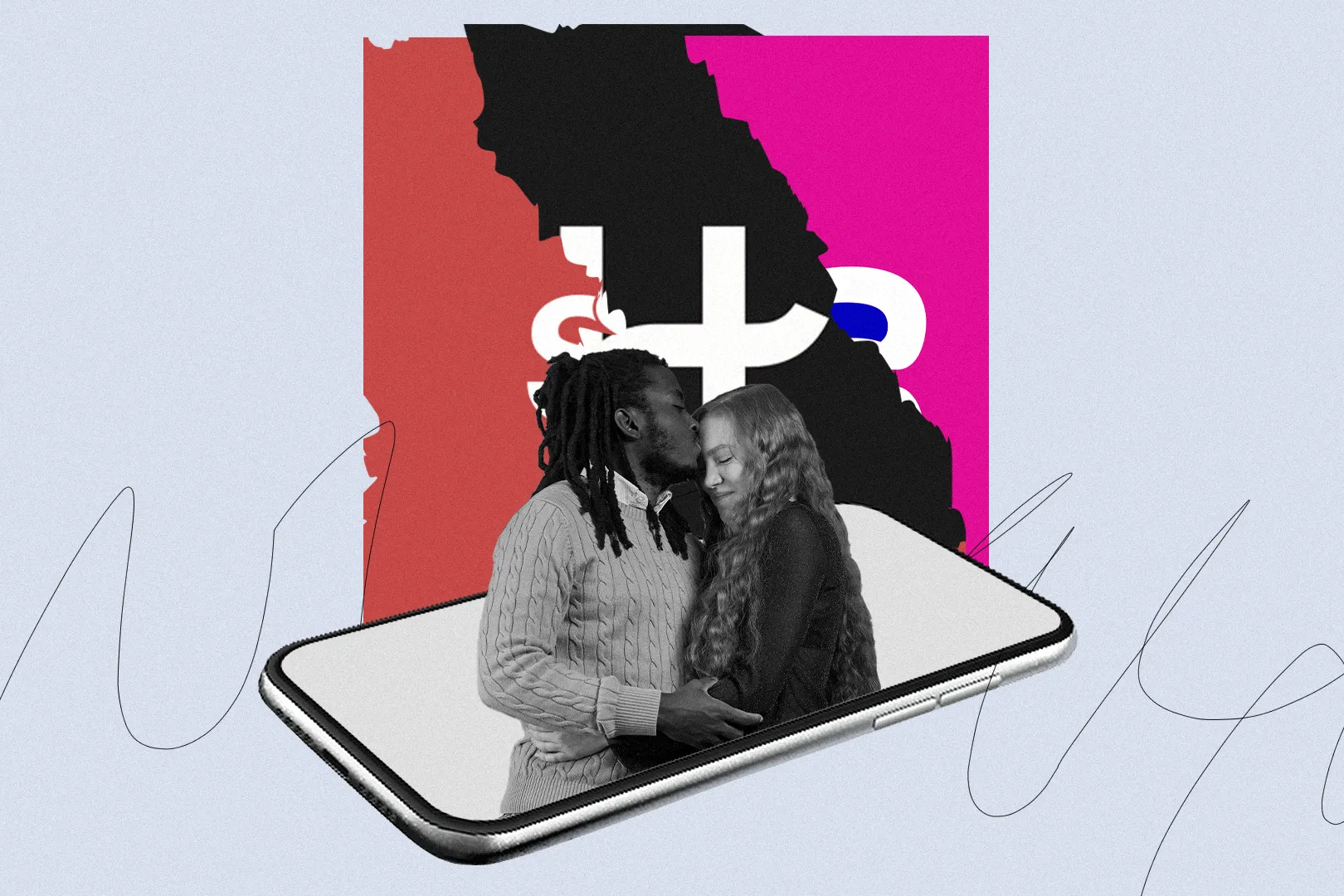With so many dating platforms available today, it can be challenging to find the one that best suits your needs. Each platform has its unique features, target audience, and approach to helping people connect. This guide will walk you through a comparison of popular dating services, offering insights into what each offers and how to choose the one that aligns with your goals. From traditional matchmaking to more casual apps, understanding the key differences can make a significant difference in your online dating experience
Choosing the Right Platform Based on Your Relationship Goals
The first step in choosing the right dating platform is to understand what you’re looking for in a relationship. Different platforms cater to different types of connections, from serious relationships and marriage to casual dating and friendships. For those interested in long-term relationships, platforms like eHarmony and Match.com are well-known for their compatibility-based matching systems, which use detailed questionnaires to connect users with compatible matches.
On the other hand, apps like Tinder and Bumble are more geared toward casual dating and are known for their swipe-based features that promote quick connections. These platforms are ideal for those who enjoy a faster pace and want to meet a variety of people without a heavy commitment to compatibility metrics. Bumble even has a unique twist: it requires women to make the first move, making it a platform where more balanced interactions are encouraged.
For individuals seeking something specific, such as professionals looking to meet like-minded singles, platforms like EliteSingles or The League are excellent choices. These platforms cater to individuals who value career ambitions and personal achievements, often requiring detailed profiles that highlight education and profession. Knowing what type of relationship you’re interested in will help narrow down the choices and increase the likelihood of finding a platform that suits your intentions.
Examining User Demographics and Community Atmosphere
Understanding the demographics of a dating platform is crucial in finding the right fit. For example, platforms like OkCupid attract a younger, diverse audience interested in everything from casual dating to serious relationships. OkCupid’s inclusive approach and its extensive list of questions allow users to express their values, beliefs, and interests, making it a popular choice among Millennials and Gen Z users who prioritize shared values in a partner.
In contrast, Match.com and eHarmony generally cater to an older audience, often individuals in their 30s and 40s who are ready for a long-term commitment. These platforms are well-suited for individuals looking for stability, as they emphasize compatibility and long-term relationship potential. By choosing a platform with an audience that aligns with your age group and relationship goals, you’re more likely to connect with like-minded individuals.
Niche dating apps like Christian Mingle or JDate cater to specific religious or cultural communities. For individuals with particular cultural or spiritual preferences, these platforms provide a more focused dating pool, which can be especially valuable for those seeking relationships rooted in shared beliefs. Additionally, niche apps often foster a more supportive and understanding community atmosphere, as they bring together people with similar backgrounds and values.
Comparing Key Features and User Experience
When selecting a dating platform, the features and user experience play a vital role in determining whether it will meet your needs. For example, Tinder’s swipe-left or swipe-right mechanism is highly popular for its simplicity, allowing users to quickly browse through profiles and connect with others. However, for those looking for more in-depth interactions, the lack of profile depth may be a drawback.
eHarmony and Match.com, on the other hand, offer extensive profile customization and personality assessments to ensure compatibility. While this approach requires more time to set up a profile, it increases the likelihood of meaningful connections, as users are matched based on compatibility factors. eHarmony’s guided communication feature even allows users to ease into conversations by answering pre-selected questions, which can be helpful for those who feel unsure about how to start a conversation.
Bumble’s unique feature of allowing only women to initiate conversations is another example of how platforms cater to different user preferences. This feature fosters a more balanced environment and can be especially appealing to women who want more control over their interactions. On the other end, apps like Hinge focus on creating conversations by allowing users to “like” specific parts of a profile, creating a more engaging experience. Understanding these differences in features and how they affect user experience is essential when choosing a platform.
Privacy, Safety, and Cost Considerations
Privacy and safety should be top considerations when choosing a dating platform. Platforms like Bumble and Hinge have integrated safety features such as photo verification to reduce the risk of encountering fake profiles. Additionally, many apps offer tools for reporting suspicious behavior and blocking unwanted contacts, which adds a layer of security for users.
In terms of cost, dating platforms vary widely. Apps like Tinder, Bumble, and Hinge offer free versions with the option to upgrade to premium services for additional features. Premium memberships often include benefits like unlimited swipes, the ability to see who has “liked” your profile, and access to more extensive filters. However, if you’re committed to finding a serious relationship, platforms like Match.com or eHarmony, which charge a monthly fee, may be worth the investment due to their robust matchmaking algorithms and higher commitment levels among users.
When it comes to privacy, paid platforms typically offer greater control over personal information. Users are often required to provide more detailed information, but these platforms prioritize data protection, making them safer for those with privacy concerns. By evaluating each platform’s safety measures and pricing structure, you can select one that aligns with your personal comfort and budget.
Choosing the Right Platform for a Positive Experience
Ultimately, finding the right dating platform comes down to choosing one that aligns with your values, preferences, and lifestyle. Many users find success by trying multiple platforms before settling on one that feels right for them. Apps like Tinder and Bumble are great starting points for beginners due to their user-friendly interfaces, while eHarmony and Match.com provide a more comprehensive experience for those committed to serious relationships.
It’s also important to maintain a positive and open-minded approach, as online dating can take time. If one platform doesn’t work out, don’t be discouraged—sometimes it’s simply a matter of finding a better fit. Be willing to explore different options, and remember that each platform has its unique culture and community. With patience and a clear understanding of what you’re looking for, you’ll be well-equipped to choose the dating platform that best supports your journey in finding meaningful connections.
Conclusion
The world of online dating offers endless possibilities, but finding the right platform is essential for a rewarding experience. By assessing your relationship goals, understanding the demographics, exploring key features, and considering privacy and cost, you can make an informed decision that aligns with your needs. The right dating platform can open doors to meaningful relationships and connections that enrich your life, making the time spent researching and comparing well worth the effort.



